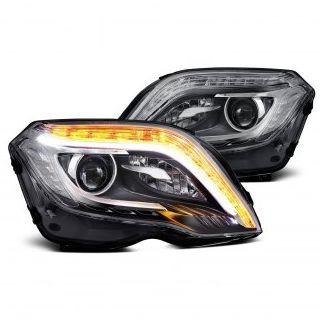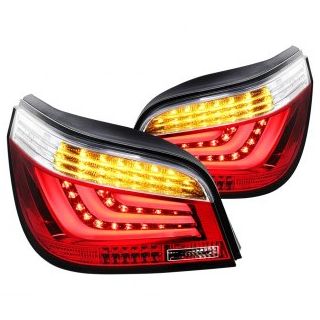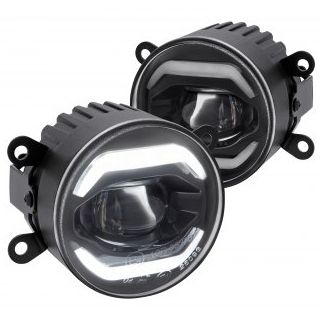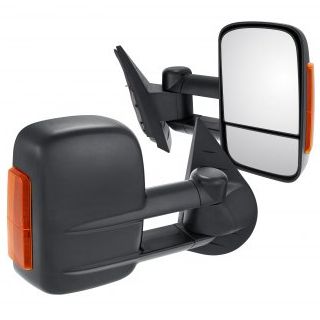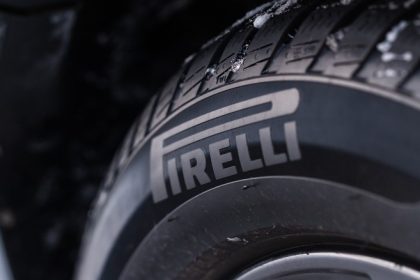
Pirelli tires have a reputation for being consistently among the most capable on the market, blending motorsport-derived innovation with quality materials. The brand’s distinctive logo can be found on tires across the world, worn by cars of all kinds from cutting-edge supercars to budget-conscious workhorses. The company’s reputation certainly isn’t without merit — especially in the world of high-performance vehicles, where cutting-edge performance is doubly important — but Pirelli isn’t always such a bargain for everyday vehicles.
Thanks to its well-known status and brand reputation, Pirelli tires cost more than many of its competitors, yet for the average car tire buyer, the brand doesn’t always offer that much benefit for the additional price. In fact, there are many brands that cost less and won’t result in significant decreases in tire performance, expected life, or any of the other criteria that buyers are looking for. In some aspects, these cheaper rivals may even perform better than their Pirelli-branded counterparts.
SlashGear put together a selection of nine brands that offer less expensive rivals to various Pirelli tire models, yet boast similarly impressive performance and longevity according to data from Consumer Reports.
General
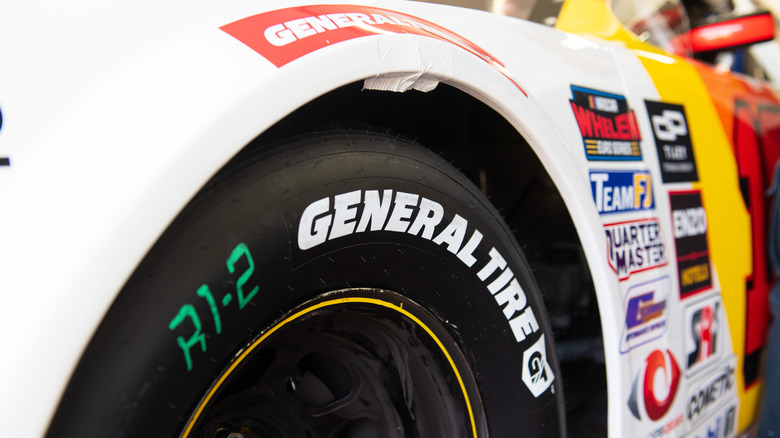
General Tire is a trusted name that has been selling tires in America for over 100 years. It’s now owned by German conglomerate Continental AG, but continues to focus primarily on American consumers. It offers a competitive tire mileage warranty, with warrantied mileage ranging from 45,000 to 60,000 miles depending on the model of tire. If the tire wears out before its indicated mileage, then General Tire will issue a replacement without charge, assuming certain conditions are met.
One of the tires with the longest warranty is the General Altimax 365 AW, which retails for $115 and competes against Pirelli’s $130 Cinturato P7 All Season Plus II. It’s certified for 60,000 miles of use, which aligns with Consumer Reports’ expected lifetime mileage for the tire. The Pirelli tire matches that expected mileage, and scores slightly better in both dry and wet braking. However, the General tire comes out on top with regards to snow traction and ice braking, and scores equally well on its handling and hydroplane protection abilities.
Hankook
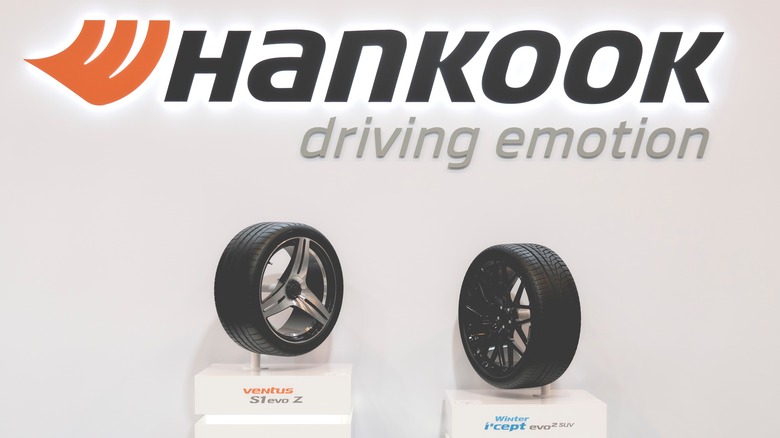
South Korean brand Hankook is another name steeped with heritage, and can trace its roots back to 1941. Hankook entered the American market in 1981, and since then has risen from being a relatively unknown upstart to becoming the OEM partner for a wide variety of leading car manufacturers. Among the manufacturers currently partnered with the brand are Porsche, Mercedes-Benz, and BMW. Despite its premium status, Hankook’s tires have remained relatively affordable, at least compared to Pirelli’s offerings.
To take an example, the Hankook Winter i*cept iz2 retails for $113 while the Pirelli Winter Sottozero 3, its closest rival from the Italian manufacturer, costs $130. As well as being more affordable, the Hankook tire also boasts superior rankings in several Consumer Reports test categories. Its rolling resistance and ice braking scores are considerably higher, and it also beats the Pirelli tire on ride comfort and noise levels. The Pirelli retains the upper hand in terms of handling, dry braking, and hydroplaning, but overall, the two tires offer fairly comparable levels of performance.
Firestone
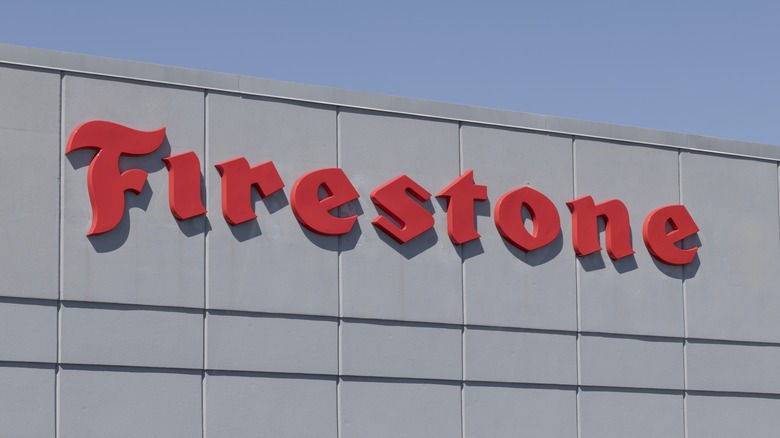
While not without its controversies, the Firestone brand has built up a solid reputation with consumers in its more than 120 years of tire production. It was originally founded in Akron, Ohio in 1900, and would continue to use the city as its headquarters until a merger with Bridgestone saw the brand move to Nashville, Tennessee in 1992. Firestone designs tires for a huge range of vehicles, from race cars to commercial vehicles, and that wide range means that there are several segments of the market where it competes directly with Pirelli.
One such segment is the winter/snow tire segment, in which Firestone offers its Winterforce 2 for $112 while Pirelli offers its Winter Sottozero 3 for $130. While the Firestone tire does score poorly on some aspects of Consumer Reports’ testing — namely a one out of five rating for wet braking, compared to the Pirelli’s three out of five — it excels in other areas. The Firestone tire beats the Pirelli on ride comfort and ice braking, and equals it on hydroplaning and rolling resistance. Combine that with the Firestone’s lower price, and it’s plain to see why some buyers prefer the American brand’s offering.
Falken
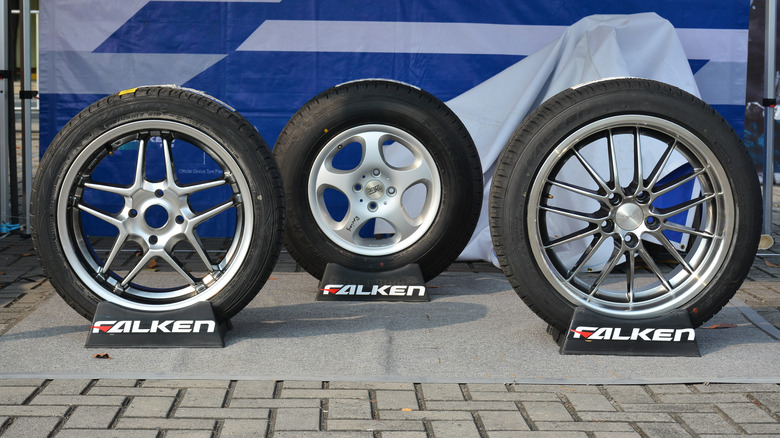
Formed in 1983 as the flagship division of Japanese tire maker Sumitomo, Falken has become a recognizable name to many motorsports enthusiasts and sports car fans. While its range of tires isn’t quite as all-encompassing as some of the other brands here, it still offers models in many popular segments, covering most types of best selling cars and trucks. The fiercely competitive winter tire category is one area where its tire models are particularly impressive, including the Falken Winterpeak F-ice 1, which sports an MSRP of $112.
Its closest Pirelli-branded rival is the Pirelli Winter Sottozero 3, which costs $130. It’s a well-rounded tire, offering exemplary traction in the snow as well as top protection against hydroplaning according to data from Consumer Reports. It also scores strongly for ice braking, although its wet braking capabilities are not quite so competitive. Its handling score is broadly on par with what the rest of its class receive, making the Falken a great way to save a few bucks on a set of new tires compared to Pirelli without needing to compromise overall performance.
Toyo
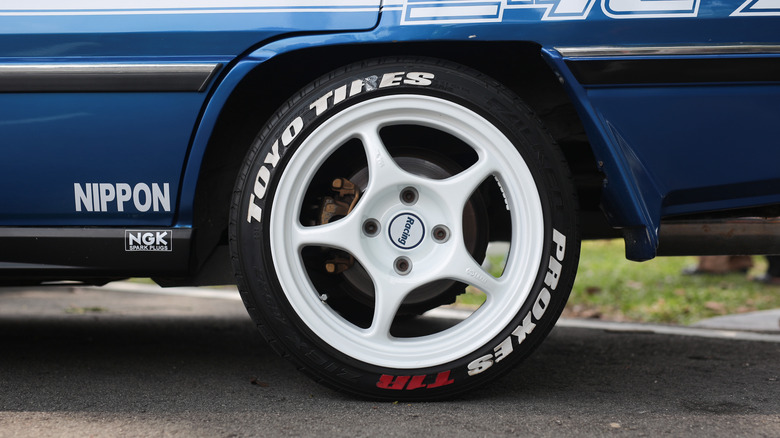
Originally formed in post-war Japan, Toyo Tires has now expanded to become one of the world’s largest tire manufacturers with development facilities and factories all over the world. That includes in America: the brand’s American subsidiary has been in operation since 1966, and primarily sells tires produced at its factory in Bartow County, Georgia. Its range covers almost every popular segment, including many where Pirelli also competes.
For comparative purposes, SlashGear focused on the Toyo Observe GSi-6 HP (H) winter tire, which retails for $113. Like the other winter tires listed here, its primary rival from Pirelli is the Winter Sottozero 3 with an MSRP of $130. Take a look at similar rivals from the likes of Hankook and Falken and a pattern emerges: each offers similar performance to Pirelli, but costs slightly less. While the price differences aren’t huge, buy a full set of tires and they add up. Toyo’s winter tire scores higher for handling than many of its rivals, and also boasts impressive ratings for hydroplaning resistance, ice braking, and noise.
Sumitomo

Sumitomo is unusual among tire makers in that tires form only one part of its business operations. The company is one of Japan’s most historic, originally founded by Masatomo Sumitomo in the 17th Century and initially making its fortune in Japan’s lucrative copper mining industry. During the post-war years, the company branched out into a range of diverse operations, partially due to pressure from Western powers. Sumitomo Rubber Industries, the division that’s today responsible for the international Sumitomo tire brand, is the result of that diversification.
While its tires lack the sporting image or carmaker associations of its rivals, Sumitomo is still worth considering thanks to its lower prices. Its Sumitomo Ice Edge winter tire, with an MSRP of $109, is notably cheaper than an equivalent $130 Pirelli Winter Sottozero 3. In Consumer Reports testing, the Sumitomo tire scored slightly better than the Pirelli on ice braking, ride comfort, and noise. In most other areas, however, the Pirelli ranked slightly ahead, giving the latter a marginal edge in overall scoring. Whether that marginal edge is worth $21 per tire is another question, and one that’s primarily down to buyer preference.
Uniroyal
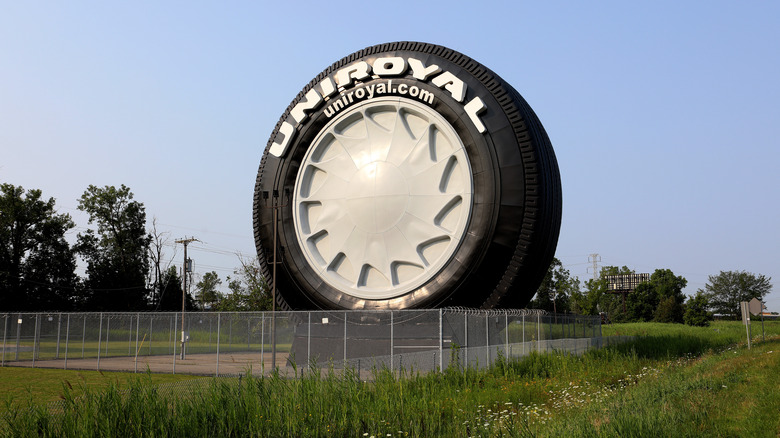
Known for its attention-grabbing marketing stunts including the Uniroyal Giant Tire, a former ferris wheel in the image of a tire that’s now a Detroit landmark, the manufacturer founded as the U.S. Rubber Company has been in operation since 1892. Its tire making operations are now owned by French tire giant Michelin, with Uniroyal acting as the value-oriented brand in Michelin’s portfolio. Its tires are pitched as being reasonably priced but still competitive, with the Uniroyal Tiger Paw Ice & Snow 3, retailing for $119, being a prime example.
It’s a winter tire that competes against the $130 Pirelli Winter Sottozero 3, and it scores comparably to the Pirelli in Consumer Reports testing. It ranks particularly highly for snow traction and hydroplaning resistance, equalling the Pirelli in both areas, and beats the Italian tire in ice braking and noise. However, in other areas such as dry braking and handling, the Pirelli is the victor, evening the overall scores of the two tires to roughly level despite the Uniroyal’s slightly lower MSRP.
Nexen
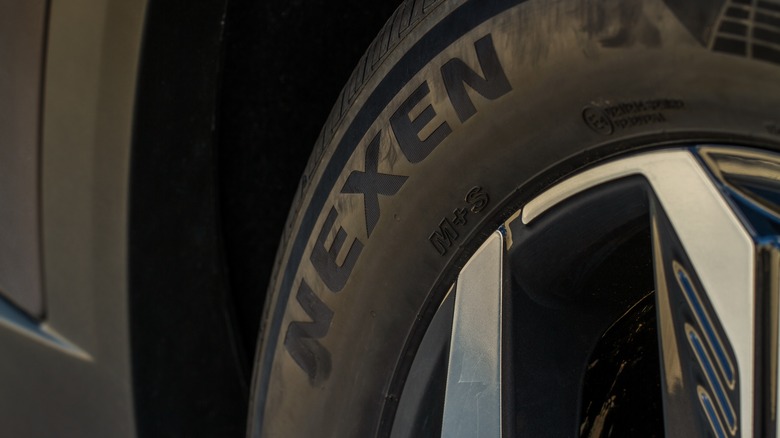
Formerly known under a variety of names, including Heung-A Tire Company and Woosung Tire, Nexen adopted its current name in 2000. The tire maker is a comparatively new entry to the U.S. market, only launching in 2005, but has been manufacturing tires in its native Korea since 1942. With very little brand recognition, Nexen has had to focus on delivering quality tires at attractive prices, and as a result, buyers can save significantly compared to buying from a legacy brand like Pirelli.
Nexen’s Roadian GTX is an all-season SUV tire that competes against Pirelli Scorpion AS Plus 3 in what is, thanks to the enduring popularity of SUVs, an increasingly fiercely fought segment. Nexen’s offering retails for $155 versus the Pirelli’s $205 MSRP, yet both consistently score strongly across most test areas in Consumer Reports data. The Pirelli boasts a significantly longer expected mileage — 85,000 miles compared to the Nexen’s 50,000 miles — but for drivers who average lower annual mileage, that shouldn’t be a problem. Age will likely dictate when the tire will need to be replaced before either tire hits its expected mileage, making the Nexen a tempting option given its lower price.
Atlas
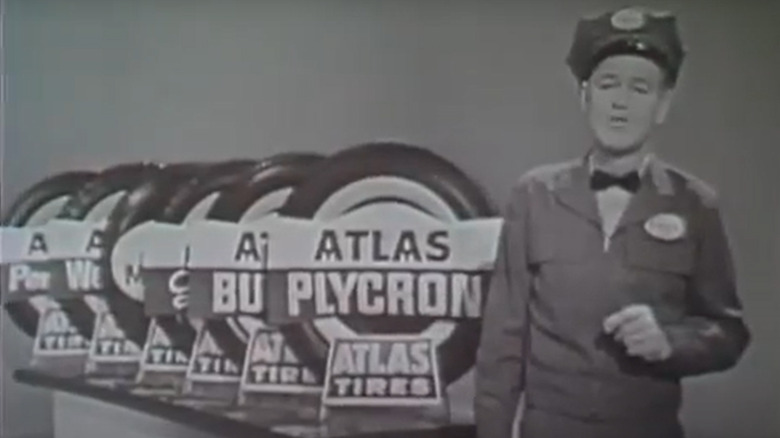
Especially for drivers that cover most of their annual mileage on lower speed, urban or suburban roads in milder climates, there’s no need to spend a fortune on a high performance tire. Atlas Tires sits more at the budget end of the tire market, but they still deliver decent performance for those drivers unable or unwilling to shell out for a premium tire like Pirelli. Atlas has been producing tires for around 90 years — the ad pictured above dates from 1962 — and covers many of the most popular tire segments across passenger vehicles and trucks.
The Atlas Force HP, retailing for $62, is the brand’s performance all-season tire, with its closest Pirelli-branded competitor being the $130 Cinturato P7 All Season Plus II. While the Pirelli boasts generally superior handling, braking, and noise ratings, the Atlas is expected to last slightly longer. The Pirelli tire’s expected mileage is 60,000 miles according to Consumer Reports, while Atlas tire should last 65,000 miles. Given that the Atlas tire’s performance should still be more than adequate for most everyday driving situations, many drivers may well judge the Pirelli to be not worth the extra price.



